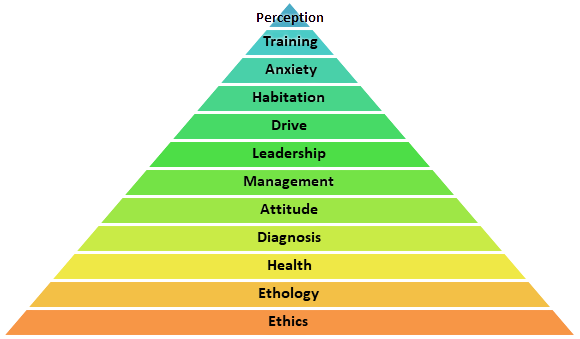Introduction to Behavior Adjustment Training (BAT)
Behavior Adjustment Training (BAT) is a dog training method developed by Grisha Stewart that aims to help dogs become more comfortable in the presence of specific triggers that cause fear, anxiety, or aggression. The method utilizes positive reinforcement and functional rewards, encouraging dogs to engage in naturally calming or desired behaviors in the presence of stress-inducing stimuli.
Key Concepts of BAT
- Functional Rewards: Unlike traditional training that may use treats or toys as rewards, BAT uses functional rewards, which are directly related to the trigger situation. For instance, if a dog feels stress due to the proximity of another dog, moving away from the other dog can serve as a reward.
- Controlled Set-Ups: Training sessions are carefully planned to ensure the dog encounters the trigger (e.g., another dog, a human, a noise) in a controlled manner that does not overwhelm them, thus allowing them to learn at their own pace.
- Proactive Training: BAT promotes proactive training where trainers set up scenarios to prevent the dog from reaching a high level of stress or aggression. The focus is on building positive experiences in controlled exposures.
- Empowerment: A central tenet of BAT is allowing the dog to have more control over their interactions with triggers. This empowerment helps increase the dog's confidence and ability to handle stress.
Examples of BAT in Use
- Scenario: Dog Aggressive to Other Dogs
- Setup: The training session occurs in a quiet park where another dog (the decoy dog) is on a leash at a distance that does not trigger aggression in the subject dog.
- Application: The subject dog is allowed to notice the decoy dog. Any calm observation or disinterest is marked and rewarded by allowing the subject dog to increase distance from the decoy, thereby using the retreat as a functional reward.
- Gradual Progression: Over multiple sessions, the proximity to the decoy dog can be carefully decreased as long as the subject dog continues to display non-aggressive behavior.
- Scenario: Anxiety Towards Strangers
- Setup: A session is arranged in an environment familiar to the dog, with a helper acting as the stranger positioned at a non-threatening distance.
- Application: The dog is allowed to look at the stranger and is rewarded for calm behavior or choosing to look away, with rewards including walking away from the stranger or engaging in relaxed sniffing or exploration of the environment.
- Result: Through repeated positive encounters where the dog controls the interaction and is rewarded for calmness, their anxiety may decrease.
Considerations Using Foundation Style Dog Training

Ethology and Diagnosis: Understanding breed tendencies and body language is important to know if BAT procedures are valid for a case. Typically, BAT procedures will only be effective on dogs with no intention of physically engaging with the target. Dogs motivated by barrier frustration, predatory behavior, or fight drive would not be intrinsically rewarded or likely to choose to remove themself from the trigger.
Training: BAT procedures originally gained popularity among the niche of "purely positive" dog trainers who did not train their dogs to a "true obedience" level where a sense of obligation exists with the dog to obey the handler.
Without a degree of obedience, BAT procedures may require an unreasonable amount of repetition to achieve results or may not progress to a point during training sessions that brings the dog to a functional level of appropriate behavior to what the dog would encounter in day-to-day life. For instance, if a dog lives in an urban environment, it is unlikely that the dog would have the option of avoiding the direct passing of people and dogs on a daily walk.
Perception: BAT is not technically a method of changing how a dog feels about a situation, such as in counter-conditioning, since it focuses on choosing an alternative behavior vs. the problem behavior. However, the repetitive nature of the drills may assist in desensitizing a dog to certain triggers, and counter-conditioning methods can be used simultaneously during the drills, which ultimately can change the perception of these situations to the dog in training.
Conclusion
Understanding the differences between BAT and traditional Counter-Conditioning procedures may help guide a trainer's decisions when making a plan.
Because of the real-life limitations of BAT procedures, they are usually most effective for the trainer when built upon a foundation of obedience with purely defensive or non-aggressive anxious dogs.


Responses